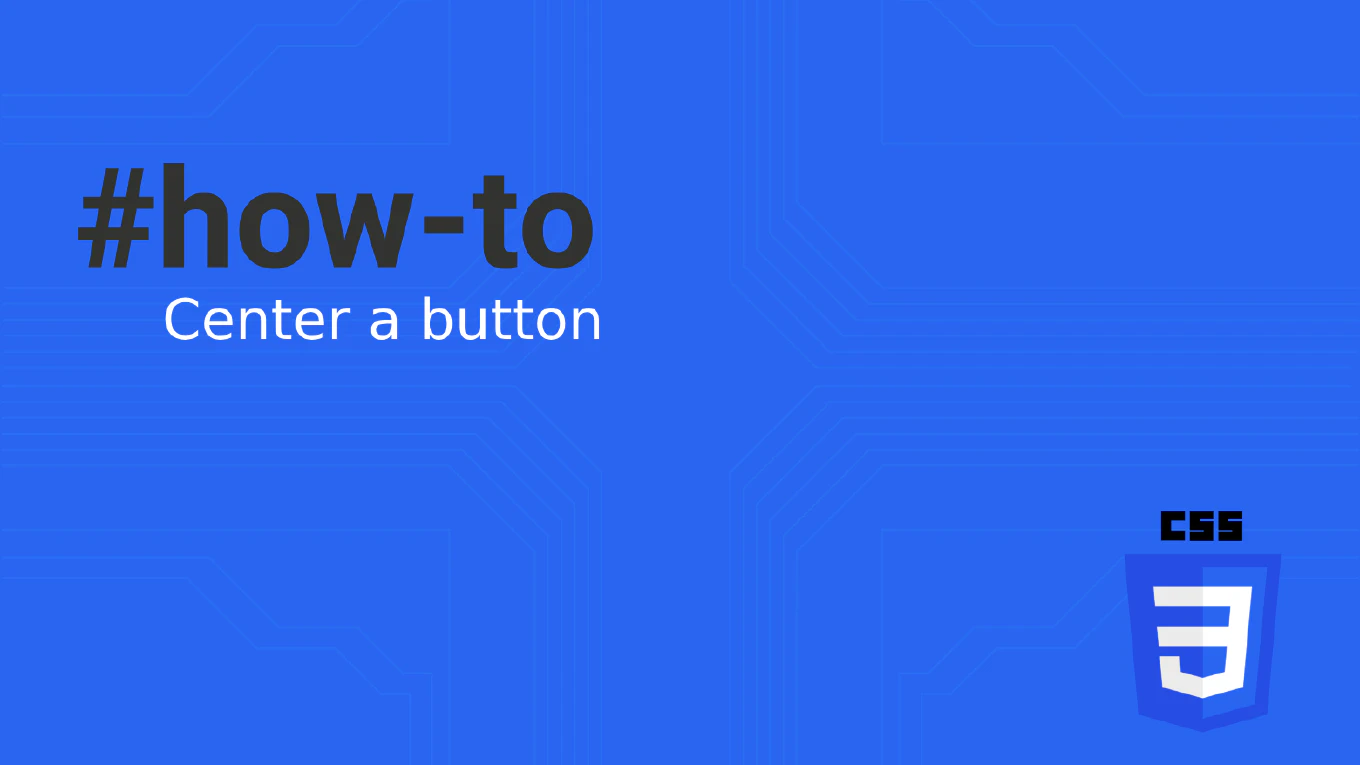How to create a responsive layout in React
Creating responsive layouts ensures your React applications work seamlessly across all device sizes and screen resolutions. As the creator of CoreUI with 25 years of development experience, I’ve built countless responsive components for enterprise applications. The most effective approach combines CSS Grid for overall layout structure with Flexbox for component-level arrangements. This method provides maximum flexibility while maintaining clean, maintainable code.
How to use react-transition-group for animations
React Transition Group provides powerful components for managing component lifecycle during animations and transitions. As the creator of CoreUI with over 25 years of development experience, I rely on this library for complex animation sequences. The most effective approach is using CSSTransition component which automatically applies CSS classes at different animation phases. This ensures smooth enter/exit animations with proper timing and cleanup.
How to animate components in React
Creating smooth animations in React components enhances user experience and provides visual feedback for state changes. With over 25 years of experience in software development and as the creator of CoreUI, I’ve implemented countless animations in production applications. The most efficient approach is to use CSS transitions combined with React’s state management to trigger animation classes. This method provides excellent performance and is compatible across all browsers.
How to toggle a class in JavaScript
Toggling CSS classes is fundamental for creating interactive UI elements like dropdown menus, modal dialogs, and state-based styling.
With over 25 years of experience in software development and as the creator of CoreUI, I’ve implemented class toggling in numerous interactive components and animation systems.
From my expertise, the most efficient approach is using the classList.toggle() method which adds the class if absent or removes it if present.
This method provides clean, readable code while handling the conditional logic automatically.
How to apply conditional class names in React
Applying different CSS classes based on component state or props is essential for creating dynamic and interactive user interfaces in React applications. As the creator of CoreUI, a widely used open-source UI library, and with over 25 years of experience in software development, I’ve implemented countless components that require conditional styling based on user interactions and data states. The most effective approach is using template literals with conditional logic, which provides clean, readable code for simple conditions. For complex conditional class logic, the classnames library offers superior maintainability and readability.
How to remove a class from an element in JavaScript
Removing CSS classes from elements dynamically enables state changes, interactive styling, and responsive design through JavaScript manipulation. As the creator of CoreUI, a widely used open-source UI library, I’ve implemented dynamic class removal in thousands of interactive components for modal closures, active states, and UI transitions. From my expertise, the most effective approach is using the classList.remove() method for safe and reliable class management. This method provides clean class removal without affecting other classes and handles non-existent class removal gracefully.
How to add a class to an element in JavaScript
Adding CSS classes to elements dynamically enables interactive styling, state changes, and responsive design through JavaScript manipulation. As the creator of CoreUI, a widely used open-source UI library, I’ve implemented dynamic class manipulation in countless interactive components for state management and visual feedback. From my expertise, the most effective approach is using the classList.add() method for clean and reliable class management. This method provides safe class addition without affecting existing classes and handles duplicate prevention automatically.
How to use inline styles in Vue
Inline styles in Vue enable dynamic styling that responds to component data and user interactions, perfect for values that change based on state. As the creator of CoreUI, a widely used open-source UI library, I’ve implemented inline styles in countless Vue components for dynamic theming and interactive elements. From my expertise, the most effective approach is using object syntax with computed properties for complex calculations. This method provides reactive styling that updates automatically when component data changes.
How to use conditional classes in Vue
Conditional classes in Vue enable dynamic styling that responds to component state, creating interactive interfaces where styling changes based on data and events. As the creator of CoreUI, a widely used open-source UI library, I’ve implemented conditional classes in thousands of Vue components for dynamic theming and state-based styling. From my expertise, the most effective approach is using object syntax for simple conditions and computed properties for complex logic. This method provides reactive styling that automatically updates when component state changes.
How to use Tailwind CSS with Angular
Integrating Tailwind CSS with Angular provides utility-first styling, rapid development, and consistent design systems for modern web applications. As the creator of CoreUI, a widely used open-source UI library, I’ve integrated Tailwind CSS in numerous Angular projects for rapid prototyping, theme customization, and responsive design in enterprise applications. From my expertise, the most effective approach is to install Tailwind CSS and configure it with Angular’s build system. This method provides access to Tailwind’s utility classes while maintaining Angular’s component architecture and build optimization features.



